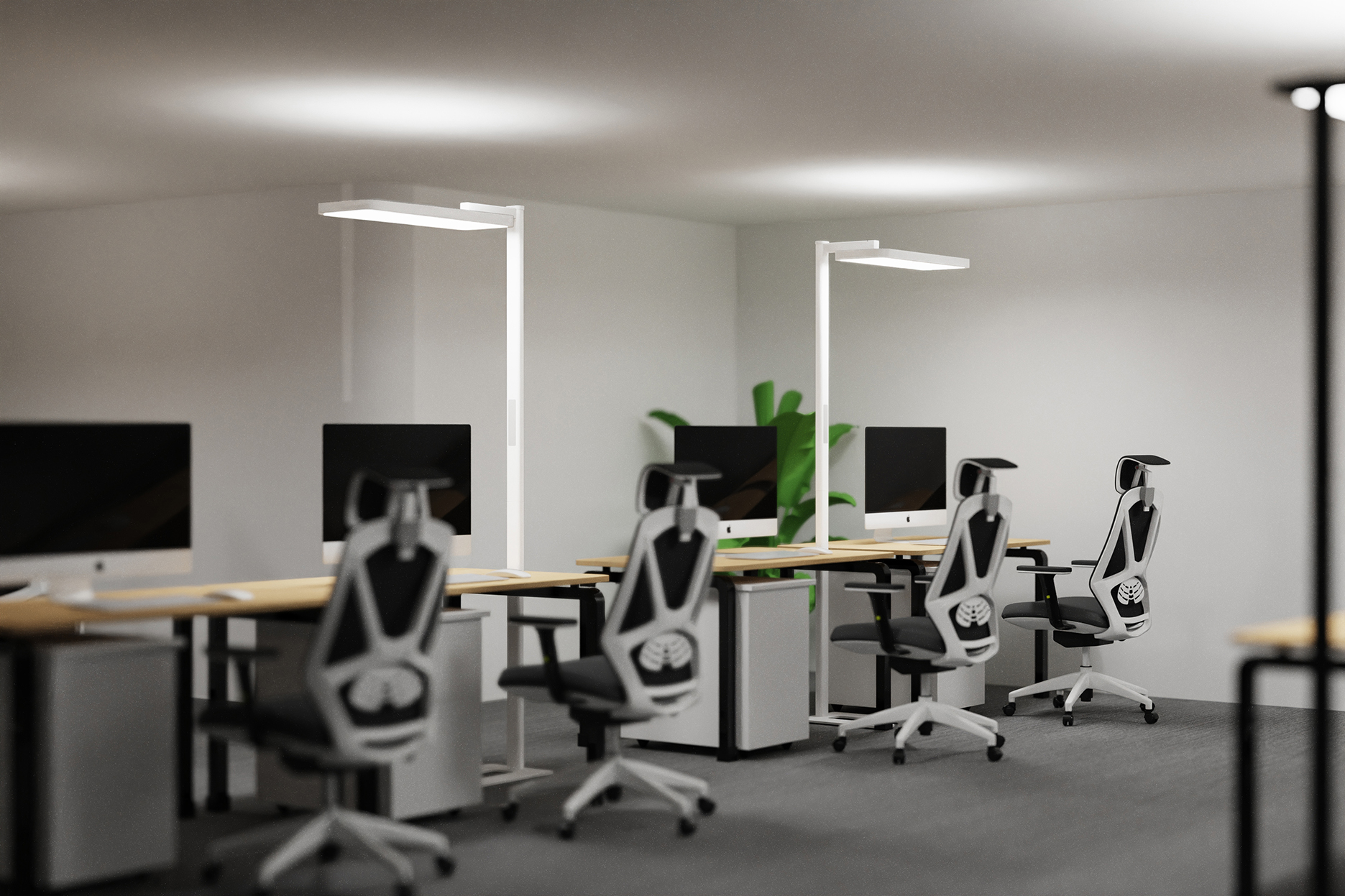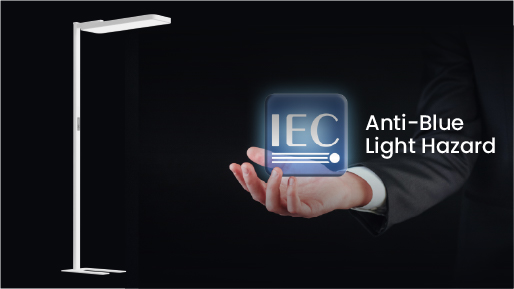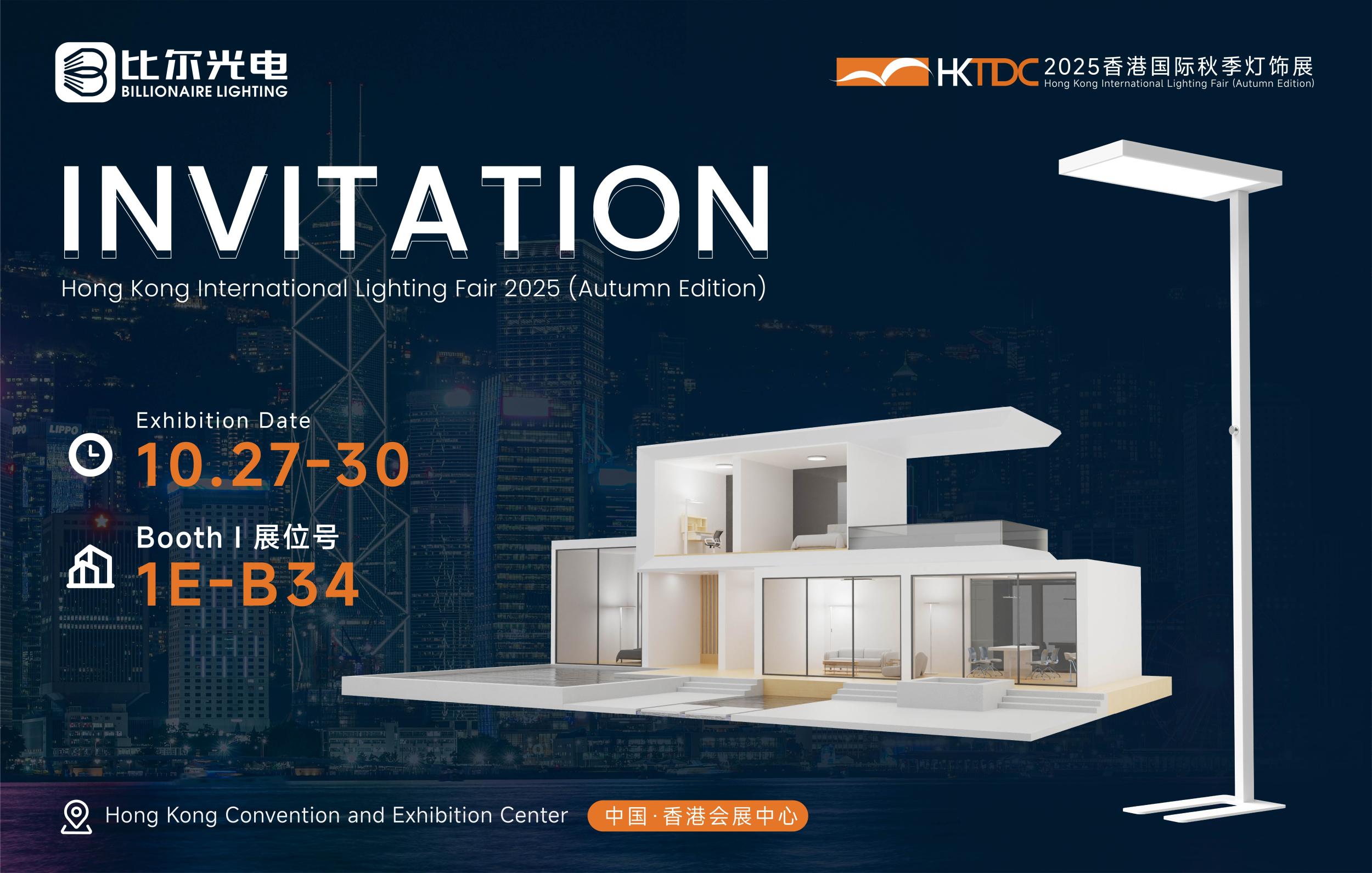Free - standing lights, also known as floor lamps, are a versatile and essential element in interior lighting design. They have the ability to transform a room, providing both ambient and task lighting while adding a touch of style and personality. In a world where functionality and aesthetics go hand in hand, free - standing lights have carved out a significant niche, suitable for a wide range of settings from residential homes to commercial spaces.
Types of Free - Standing Lights
Traditional Floor Lamps
Traditional floor lamps often feature classic designs inspired by historical styles. These may include lamps with ornate bases, such as those made of brass or wrought iron, which are intricately detailed. The shades are typically made of fabric, like silk or linen, and are often in a bell - shaped or drum - shaped form. For example, Victorian - style floor lamps might have a highly decorative base with floral motifs and a richly colored silk shade. They are perfect for adding a touch of elegance to formal living rooms, libraries, or traditional - themed bedrooms. Traditional floor lamps can be used to create a warm, inviting atmosphere, casting a soft, diffused light that is ideal for reading or relaxing.
Modern and Contemporary Floor Lamps
Modern and contemporary floor lamps are characterized by their sleek, minimalist designs. They often make use of new materials such as aluminum, stainless steel, and high - tech plastics. The shapes are often geometric, with straight lines, sharp angles, and unique forms. Some modern floor lamps feature adjustable arms or heads, allowing for greater flexibility in directing the light. For instance, a floor lamp with a long, slender stem and a spherical or cylindrical shade made of frosted glass can add a modern and sophisticated look to a contemporary living room or office. These lamps are not only functional but also serve as statement pieces, contributing to the overall modern aesthetic of the space.
Task - Oriented Floor Lamps
Task - oriented floor lamps are designed with a specific function in mind, such as providing focused light for reading, working, or hobbies. They usually have a bright, adjustable light source and a flexible neck or arm. Reading floor lamps, for example, often come with a narrow, articulated arm that can be positioned directly over a book or a reading area. They may also have a high - quality bulb that emits a warm, white light with minimal glare to reduce eye strain. In a home office, a task - oriented floor lamp can be placed next to a desk to supplement the overhead lighting, ensuring that the work surface is well - lit. These lamps are crucial for areas where detailed work is carried out, enhancing productivity and comfort.
Uplighting Floor Lamps
Uplighting floor lamps are designed to direct light upwards, usually towards the ceiling. This creates a soft, diffused glow that can brighten up a room and make it feel more spacious. Uplighters are often used in living rooms, bedrooms, and hallways. They can be placed in corners to add a warm, ambient light or used to highlight architectural features such as columns or beams. Some uplighting floor lamps come with colored filters or LED lights that can change colors, allowing for the creation of different moods and atmospheres. For example, a blue - toned uplight can create a calming and relaxing environment in a bedroom, while a warm - yellow uplight can make a living room feel cozy and inviting.
Design Considerations
Height and Proportion
The height of a free - standing light is an important consideration. In a living room, for example, a floor lamp that is too short may not provide sufficient light and may look out of place. A standard height for a floor lamp in a living area is around 5 to 6 feet. However, in a room with high ceilings, a taller lamp may be more appropriate to reach the desired level of illumination and maintain proportion. Proportion also extends to the size of the base and the shade in relation to the overall height of the lamp. A large, heavy - looking base may be suitable for a more substantial lamp, while a delicate, slender base is better paired with a lightweight shade.
Style Compatibility
The style of the free - standing light should match the overall decor of the room. In a traditional - style home, a lamp with a classic design will blend in seamlessly. In a modern, industrial - style space, a floor lamp with a metal - and - concrete construction and a simple, unadorned shade would be a better fit. If the room has a coastal theme, a lamp with a nautical - inspired base, such as one made to look like a ship's anchor, and a light - colored, breezy shade can enhance the theme. It's essential to consider the existing furniture, wall colors, and other decorative elements in the room when choosing a free - standing light.
Light Output and Color Temperature
The light output of a free - standing light is measured in lumens. For general ambient lighting, a lamp with a lower lumen output, around 800 - 1200 lumens, may be sufficient. However, for task - oriented lighting, such as reading or working, a higher lumen output, between 1500 - 2000 lumens, is recommended. Color temperature is also an important factor. Warm - white light, with a color temperature of around 2700 - 3000K, creates a cozy and inviting atmosphere, making it suitable for living rooms and bedrooms. Cool - white light, with a color temperature of 4000 - 5000K, is more suitable for task - oriented areas like home offices, as it provides a bright, clear light that is easier on the eyes for detailed work.
Installation and Placement
Living Room
In the living room, a free - standing light can be placed next to a sofa or an armchair to provide reading light. It can also be positioned in a corner to add ambient light and fill in dark areas. If the living room has a fireplace, a floor lamp on either side of the fireplace can create a balanced and inviting look. In a large living room, multiple floor lamps can be used to create different zones, such as a reading corner and a conversation area.
Bedroom
In the bedroom, a floor lamp can be placed next to the bed as an alternative to a bedside table lamp. This can free up space on the bedside table. It can also be used to create a soft, relaxing atmosphere. Placing a floor lamp near a dressing table can provide additional light for getting ready in the morning. In a master bedroom with a sitting area, a floor lamp can be added to the seating arrangement to make it more comfortable for reading or relaxing.
Home Office
For a home office, a task - oriented floor lamp should be placed next to the desk. It can be adjusted to direct light onto the work surface, reducing glare and providing sufficient illumination for tasks such as reading, writing, and using a computer. In an office with a modern design, a sleek, adjustable floor lamp can also add a touch of style to the workspace.
Commercial Spaces
In commercial spaces such as cafes, restaurants, and hotels, free - standing lights are used to create a specific ambiance. In a cafe, floor lamps can be placed at each table to provide intimate lighting for customers. In a hotel lobby, large, decorative floor lamps can be used to enhance the grandeur of the space. In a restaurant, uplighting floor lamps can be used to highlight the decor and create a warm, inviting atmosphere for diners.
Maintenance and Care
To keep a free - standing light in good condition, regular cleaning is necessary. The shade should be dusted regularly to prevent the build - up of dirt, which can affect the light output. For fabric shades, a gentle brush or a vacuum cleaner with a soft brush attachment can be used. If the shade is stained, it may be possible to spot - clean it using a mild detergent and water, but care should be taken not to damage the fabric. The base of the lamp should also be wiped clean regularly, especially if it is made of metal, to prevent rust or tarnishing. For lamps with moving parts, such as adjustable arms, the joints should be lubricated periodically to ensure smooth operation.
Future Trends
As technology continues to advance, free - standing lights are likely to incorporate more smart features. Smart floor lamps may be able to connect to a home's Wi - Fi network, allowing users to control the light intensity, color temperature, and even set timers or schedules using a smartphone app. There may also be an increase in the use of energy - efficient LED technology, not only for its low power consumption but also for its long lifespan. In terms of design, we can expect to see more innovative and sustainable materials being used, as well as a further blurring of the lines between different design styles, resulting in more unique and customizable free - standing light options for consumers.
In conclusion, free - standing lights play a vital role in interior design, offering both functional lighting solutions and aesthetic enhancements. With a wide variety of types, design considerations, installation options, and future trends, they continue to be a popular choice for illuminating and beautifying spaces. Whether in a cozy home or a bustling commercial establishment, the right free - standing light can truly make a difference in the overall look and feel of a room.



